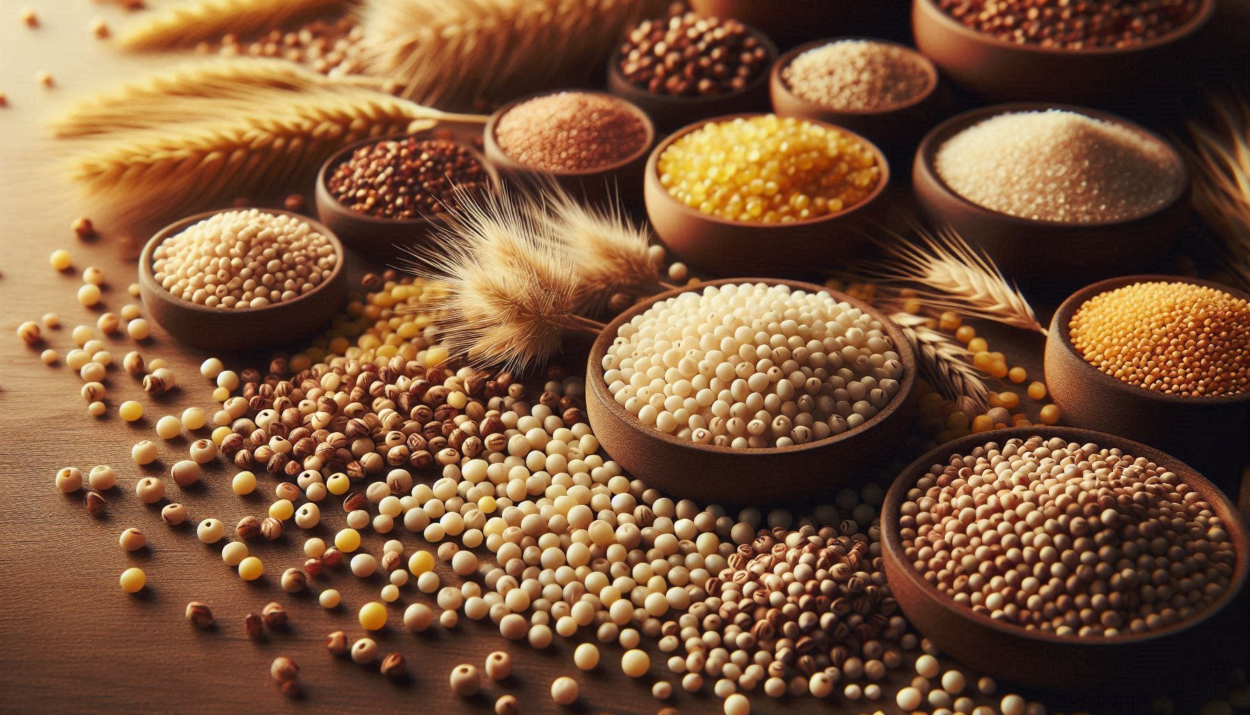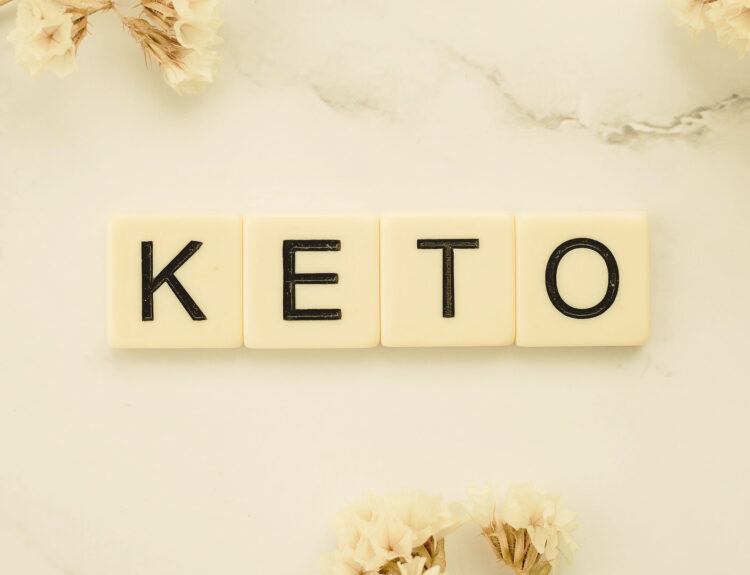Hailed as the next big thing in the health food world, millets are resurging in the modern diet. These nutrient-rich grains have multiple health advantages, in addition to their environmental sustainability. In contrast to refined grains, millets preserved their inherent nutritional qualities, offering a wealth of potential health benefits, making them a smart addition to any diet.
As consumers become more aware of the contents of their plate, millets are emerging as a healthy alternative to rice and wheat, the most inconspicuous staples. In this blog, we will learn about what millets are, the various kind of millet, its health benefits and importance of millets in the present world.
What Are Millets?
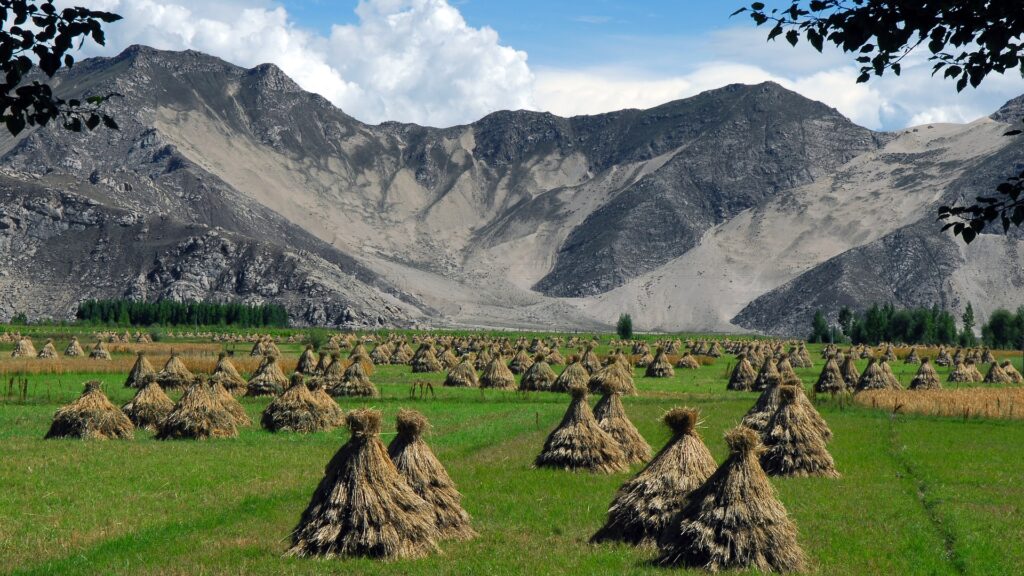
Millets are small-seeded grains that are part of the Poaceae family. Primarily a product of Asia and Africa, they have been cultivated for over 10,000 years thanks to their ability to survive in dry, unfertile soil. These resilient grains take very little water and will grow in extreme meteorological conditions and are a reliable provider of food for tens of millions.
- Nutritional Value of Millets
Most millets are innately gluten free and rich in fiber, protein, vitamins and minerals. They are rich in iron, calcium, magnesium and phosphorus, which are required for performing all bodily functions including digestion, immunity and stronger bones. Their fibrous nature promotes proper digestion and supports gut health.
- Historical and Cultural Significance
Traditionally, millets have been a key part of the diet for centuries in countries such as India, parts of Africa and China. These elements have played a role in cultural and religious ceremonies, emphasizing their significance in ancient societies. With the dietary trends trending toward a more nutty and healthier alternative, millets have made a firm return.
What are the Types of Millet?
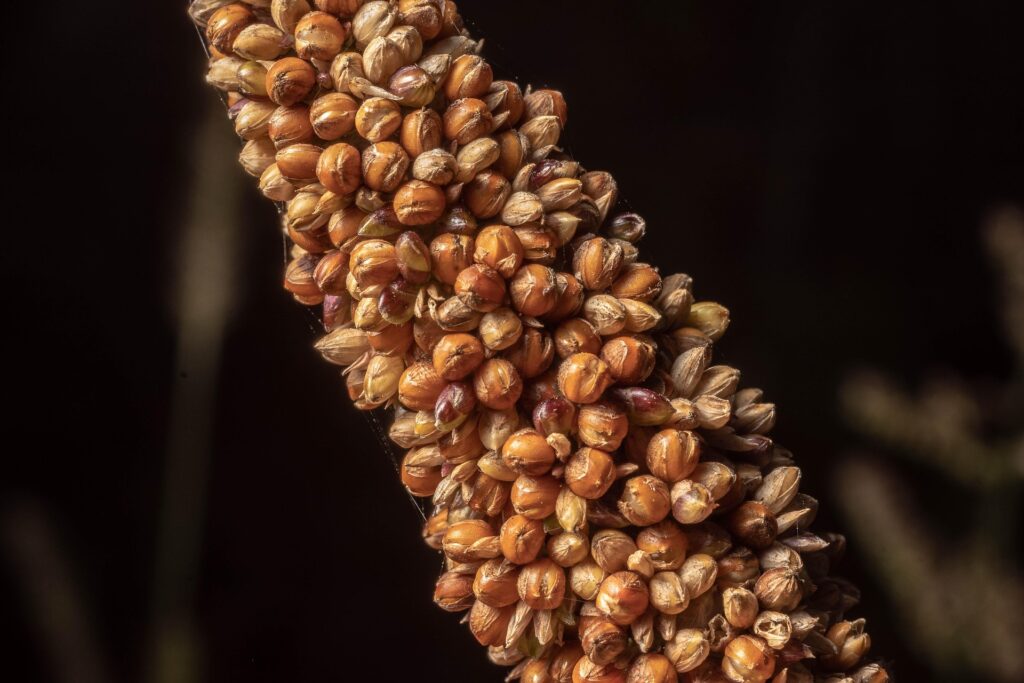
Millets come in several varieties, each with its own unique nutritional and culinary benefits. Learning about these types can assist in integrating them well into daily meals.
1 Pearl Millet
One of the most popular is pearl millet. It contains high levels of iron, protein, and antioxidants, helping to balance energy and overall health. Inks use in making flatbreads, porridges, fermented foods.
2. Finger Millet (Ragi)
Rich in calcium, it is a good food for bones. It is commonly used to prepare porridge, baked goods, and even baby food. Its antioxidant nature helps combat oxidative stress and promote healthy aging.
3. Foxtail Millet
It is also low on the glycaemic index, making foxtail millet a prudent choice for people managing blood sugar levels. The grain is versatile and can be used as a rice replacement, in salads, in soups, and in stir-fries. Few of its health benefits include aiding digestion and helping in weight management.
4. Sorghum (Jowar)
Sorghum is one of the healthiest gluten-free grains, high in antioxidant and dietary fiber content. It is often used for traditional rotis, as well as a flour substitute in baking. Sorghum reduces cholesterol levels to keep the heart healthy.
5. Proso Millet
Low in calories and with high protein contents make proso millet a good option to aid weight control. Commonly used in cereals, granola bars, and soups. The amino acids in proso millet are good for muscle repairing and maintaining the general function of the body.
6. Barnyard Millet
Barnyard millet helps digestion and metabolic health as it is a fiber-rich grain. It is rich in iron, which is useful for people suffering from anemia. It is often used to make light and nutritious meals like upma and porridge.
Health Benefits of Millet
As a rich source of nutrients, millets are a great source of health benefits.
- Aids Digestion
Millets are high in fiber, thus promoting our digestive system by improving gut health and avoiding constipation. It also helps foods pass easily through the intestines, minimizing digestive discomfort.
- Helps Manage Blood Sugar Levels
Millets have a low glycemic index which means that the glucose gets released slowly into the bloodstream which helps avoid the sudden spikes of blood sugar in the blood. This makes them an ideal source of food for diabetics and people who want to stabilize their energy levels.
- Supports Weight Management
Millets are also high in fiber and protein that make you feel full for long and curb unnecessary cravings. This makes for a perfect supplement to weight-loss diets since it promotes satiety and can prevent overeating.
- Promotes Heart Health
Millets are a good source of minerals like magnesium and potassium that are known to lower blood pressure and enhance circulation. They are also good for heart health, as they can help reduce levels of bad cholesterol.
- Strengthens Bones
Millets, particularly finger millet, are a great source of calcium and phosphorus, both of which are vital for having good teeth and bones. Regular consumption can help prevent disease, such as osteoporosis.
- Boosts Immunity
Rich in vitamins, minerals and antioxidants, millets boosts immunity and also aids the body in battling infections and diseases. In addition, their natural compounds help in detoxification to keep the body healthy.
- Reduces Risk of Chronic Diseases
Millets also play an important role in reducing the risk of conditions such as cancer and inflammatory diseases, thanks to bioactive compounds present in them. They have antioxidant properties that reduce free radicals in the body.
Why Millets Are Important
Millets have come out to be a sustainable and nutritious answer as health and environmental concerns rise.
1. Environmentally Sustainable
Millets use much less water to grow, and they also tolerate poor soil, making them a sustainable alternative to water-hungry crops like rice and wheat. They also require fewer pesticides and fertilizers, thereby minimizing environmental harm.
2. Enhancing Food Security
With climate change endangering world food production, millets present a dependable option, being highlighted for their hardiness to drought and adverse weather patterns. They are especially important when it comes to food security, because of their resilience in tough conditions.
3. Reducing Dependence on Processed Foods
As contemporary diets are increasingly dependent on industrialised products, the addition of millets can challenge consumers to eat more whole, natural meals that will more adequately serve the complexities of our bodies and our health over the long-term.
How to Incorporate Millets Into Your Diet
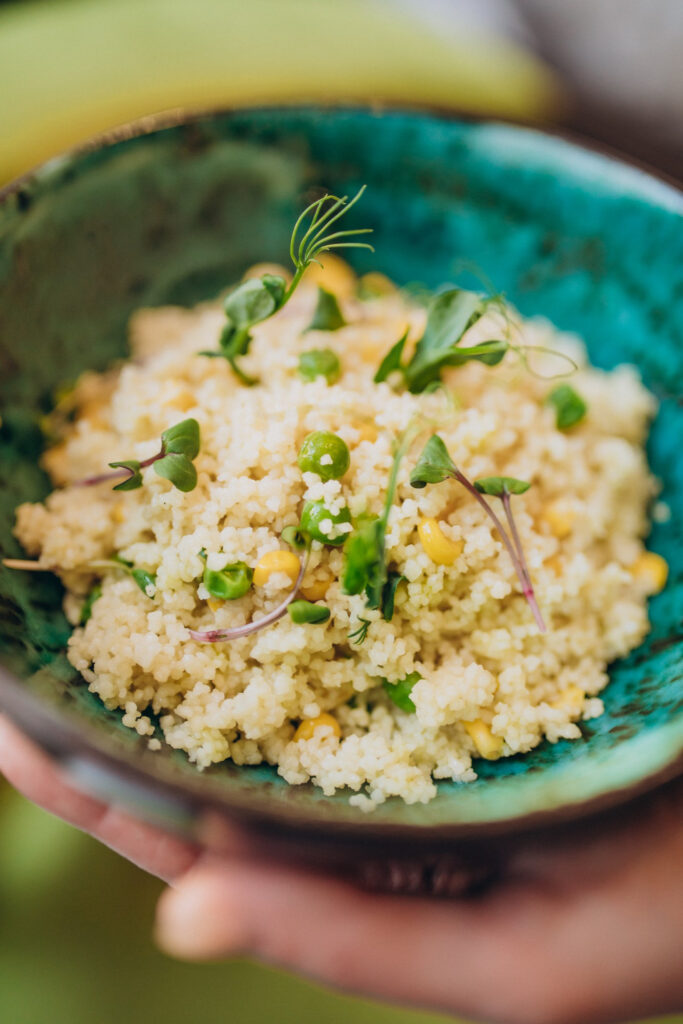
Millets are versatile and can be used in various recipes. Here are some easy ways to include them in your meals:
- Breakfast: Start your day with millet-based porridge, pancakes, or upma for a nutritious boost.
- Lunch and Dinner: Replace rice with millet in pulao, khichdi, or curries for a healthier twist.
- Snacks: Enjoy millet-based cookies, crackers, or laddoos for a guilt-free snack.
- Beverages: Try millet-based smoothies or fermented drinks for added nutrition.
Making the switch to millets does not mean sacrificing flavor it means adding a healthy and power-packed option to your meal while boosting good health and sustainability.
Conclusion
Millets are not only a healthy grain but a measure toward the well being of better health and a sustainable world. Everything you need to know about what are millets, their various types, and healthy benefits is discussed here to help you consume millets in your diet. Their environmental benefits also underscore the role of millets in the global battle against food insecurity and climate change. In a world leaning towards sustainable diets, millets turn out to be the food of the future.
Read more about diet here
Related post:





